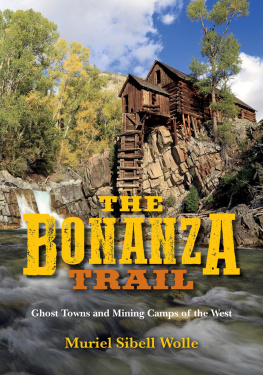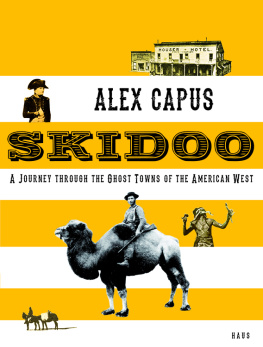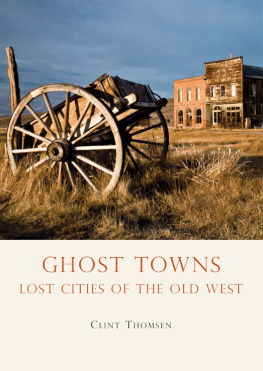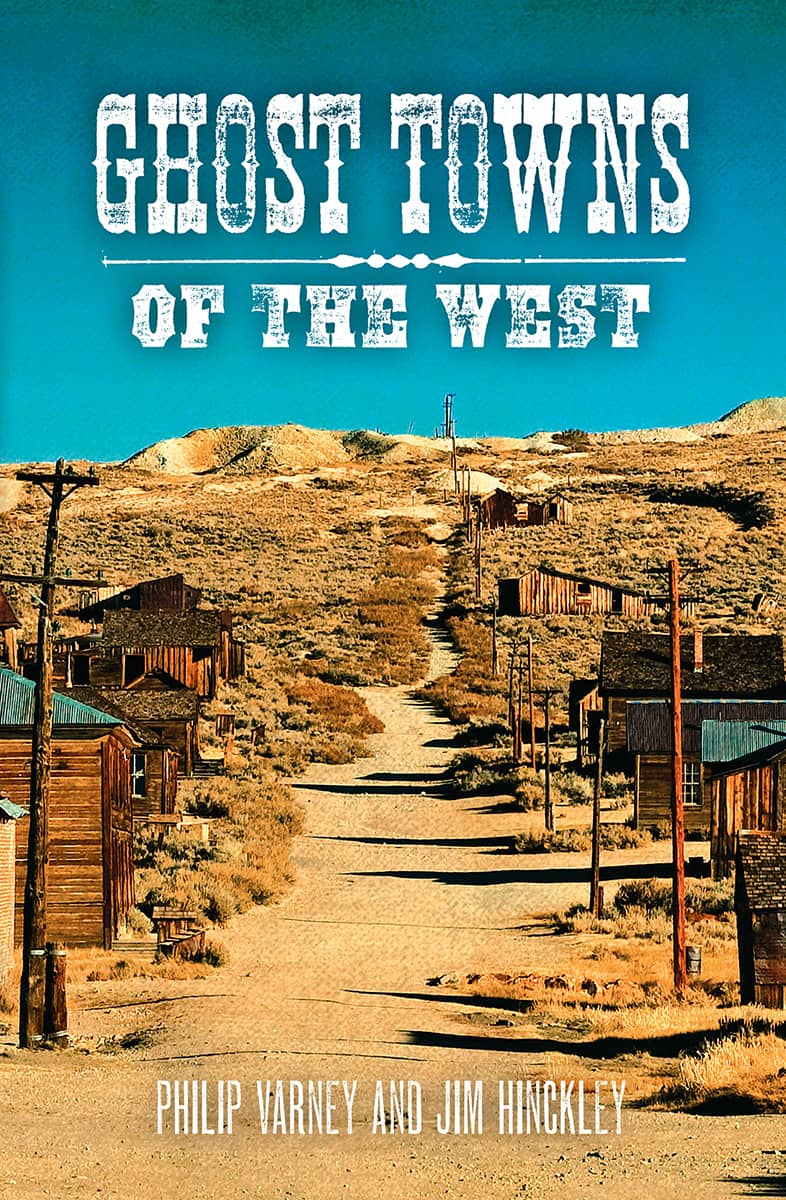
2017 Quarto Publishing Group USA Inc.
Text 2005, 2010, 2012 Philip Varney
Text 2010 Jim Hinckley
First published in 2017 by Voyageur Press, an imprint of Quarto Publishing Group USA Inc.,
400 First Avenue North, Suite 400, Minneapolis, MN 55401 USA.
Telephone: (612) 344-8100 Fax: (612) 344-8692
quartoknows.com
Visit our blogs at quartoknows.com
All rights reserved. No part of this book may be reproduced in any form without written permission of the copyright owners. All images in this book have been reproduced with the knowledge and prior consent of the artists concerned, and no responsibility is accepted by producer, publisher, or printer for any infringement of copyright or otherwise, arising from the contents of this publication. Every effort has been made to ensure that credits accurately comply with information supplied. We apologize for any inaccuracies that may have occurred and will resolve inaccurate or missing information in a subsequent reprinting of the book.
Voyageur Press titles are also available at discounts in bulk quantity for industrial or sales-promotional use. For details contact the Special Sales Manager at Quarto Publishing Group USA Inc., 400 First Avenue North, Suite 400, Minneapolis, MN 55401 USA.
Digital edition: 978-0-76035-768-2
Softcover edition: 978-0-76035-041-6
Library of Congress Cataloging-in-Publication Data
Names: Varney, Philip, author. | Hinckley, Jim, 1958- co-author. | James, Kerrick, photographer.
Title: Ghost towns of the West / by Philip Varney and Jim Hinckley ; photography by Philip Varney and Kerrick James.
Description: Minneapolis, MN : Voyageur Press, 2017.
Identifiers: LCCN 2016044995 | ISBN 9780760350416 (paperback)
Subjects: LCSH: Ghost towns--West (U.S.)--Guidebooks. | West (U.S.)--Guidebooks. | West (U.S.)--History, Local. | BISAC: TRAVEL / United States / West / General. | TRAVEL / United States / West / Mountain (AZ, CO, ID, MT, NM, UT, WY). | TRAVEL / United States / West / Pacific (AK, CA, HI, NV, OR, WA).
Classification: LCC F590.7 .V377 2017 | DDC 978--dc23
LC record available at https://lccn.loc.gov/2016044995
Acquiring Editor: Todd R. Berger
Project Managers: Caitlin Fultz and Alyssa Bluhm
Art Direction and Cover Design: Cindy Samargia Laun
Page Design and Layout: Bradford Foltz
Maps: Patti Isaacs
On the cover: UTBP/Shutterstock
On the : Zack Frank/Shutterstock


INTRODUCTION

G host Towns of the West is intended for people who seek the unusual, enjoy history, and savor solitude. Chasing down the ghost towns and mining camps in this book will take you from sea level to elevations exceeding 11,000 feet. You will view some of the Wests loveliest rivers, driest deserts, and grandest mountaintops. In the process, I hope you will see the West as you have never seen it before.
The book you have in your hands takes the best ghost towns from four separate books, three by this writer, Philip Varney, and one by Jim Hinckley. My three books are Ghost Towns of California, Ghost Towns of the Pacific Northwest, and Ghost Towns of the Mountain West. Hinckleys book is Ghost Towns of the Southwest. Voyageur Press published all four titles between 2010 and 2013. Photographer Kerrick James took all the images for the Arizona and New Mexico ghost towns, while I photographed all the other sites.
Each states chapter features a map of the area, a history of each town, specific directions to each site, and recommendations when necessary for vehicle requirements. For example, some towns are on paved roads near major highways, while others are on dirt roads and may require a high-clearance vehicle and even, rarely, four-wheel drive.
But each ghost town included in this volume is, in some way, very special. I have visited more than six hundred ghost towns in more than forty years of searching, and these eighty-four entries are my personal favorites.
A person new to ghost town hunting might tour the second entry in this book, Volcano, California, and wonder just what I consider a ghost town to be, because Volcano has shops, a hotel, and a few residents. By my definition, a ghost town has two characteristics: the population has decreased markedly and the initial reason for its settlement (such as mining) no longer keeps people there. At the peak of its mining frenzy, Volcano had an estimated population of well over 5,000 citizens; as of the 2010 census, 115 people lived there, and virtually no one makes a living in a mine. A ghost town, then, can be completely deserted, like Carson, Colorado, and Miners Delight, Wyoming; it can have a few residents, like White Oaks, New Mexico, and Goldfield, Nevada; it can be protected for posterity as a state park, like Bannack, Montana, and incomparable Bodie, California; or it can have genuine signs of vitality, like Jerome, Arizona, and Idaho City, Idaho. But in each case, the town is a shadow of its former self.
Why are we called to these places where so many lives have toiled and so many have been forgotten? My late friend, mystery writer Tony Hillerman, in a foreword to my book New Mexicos Best Ghost Towns, captured the answer: To me, to many of my friends, to scores of thousands of Americans, these ghost towns offer a sort of touching-place with the past. We stand in their dust and try to project our imagination backward into what they were long ago. Now and then, if the mood and the light and the weather are exactly right, we almost succeed.
Our touching-places with the past, however, are in immediate and long-term danger. Vandals tear up floorboards hoping for a nonexistent coin. Looters remove an old door with the vague notion of using it, only to discard it later. Thieves dislodge a childs headstone, heartlessly assuming no one will miss it.
Remember: These old towns are to be explored and photographed, but also protected and treasured. You must be a part of the preservation, not the destruction. As you visit the places in this book, please remember that ghost towns are extremely fragile. Leave a site as you found it. I have seen many items on the back roads that tempted me, but I have no collection of artifacts. If you must pick up something, how about a fast food wrapper or a soft-drink can?
When I was doing fieldwork for my book Ghost Towns of Colorado, I found the following notice posted in a lovely but deteriorating house. It eloquently conveys what our deportment should be at ghost towns and historic spots:

Attention:
We hope that you are enjoying looking at our heritage. The structure may last many more years for others to see and enjoy if everyone like you treads lightly and takes only memories and pictures.












 INTRODUCTION
INTRODUCTION 
